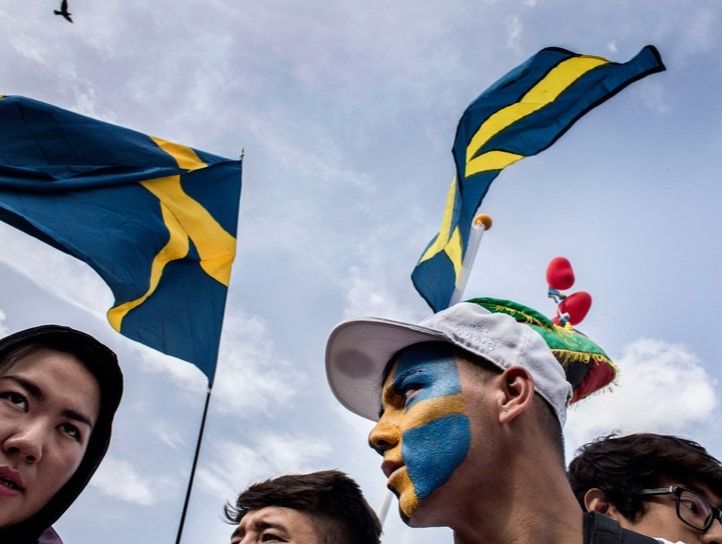|
|
|
The external definitions we are given, i.e. how others define us, become an inescapable part of our internal self-definition. Such external labelling is more effective if it is done with institutional legitimacy and governmental authority. This separation of a population into ‘us’ and ‘them’ can have serious consequences for people from subordinated groups.
A clear example of this kind of external labelling can be observed in the frequent reports of the Swedish National Agency for Education concerning 'educational underachievement' of students with foreign background in Sweden. This labelling primarily indicates a negation of everything ‘Swedish’. According to this understanding of Swedishness, not all of those who were born or brought up in the country are Swedes. A Swede is born of parents who are native-born ‘Swedish’, has a ‘Swedish’ appearance and name, and speaks Swedish without a foreign accent. Secondly, in these reports, the offspring of immigrants, a very heterogeneous population in terms of country of origin, class background, length of residence in Sweden and age at arrival, are lumped together as one homogenous group and labelled 'students of foreign background'. What the recipients of these reports (which are widely broadcast in the media) understand is that these students always lag behind those of 'Swedish background', thereby putting a strain on Sweden’s educational system. Such descriptions hide the internal variability between young people in these categories. and indicate the ‘racial inferiority’ or ‘cultural backwardness’ of young people with an ‘immigrant background’. This also fails to take into account the growing proportion of young people with migrant parents who do not define themselves (at least not initially) by their migrant background.
In my Identities article, 'Constructions of self-identification: children of immigrants in Sweden', I investigate the self-identification of a sample of young people with various migrant backgrounds in Sweden. In a survey, we asked them how they present themselves for others in different contexts (in school, in the neighbourhood or outside Sweden).
The results demonstrate that young people with a migrant background challenge the forced labelling of the state agencies. They actively negotiate various forms of identity and belonging; they construct a variety of self-identifications and present themselves in diverse ways in various contexts. They construct and reconstruct forms of identification in their daily lives, in school, the neighbourhood and outside the country. The question of choosing an identity label is intimately connected with where they are and who the others are; thus, identifications are not fixed and bounded but a relatively fluid, situational and dynamic process. Some of the respondents self-identified as Swedish or hyphenated (e.g. Iranian-Swede). Many others hold on to their parents’ country of origin (e.g. Iraqi or Bosnian). A smaller group chose a religious label. Moreover, the various characteristics of young people and the social environment around them are associated with a certain form of self-presentation in everyday life and in different contexts. These characteristics may include features of their friendship networks, the class position of their parents or the degree of stigmatisation of people from their parents’ countries of origin.
Blog post by Alireza Behtoui, Södertörn University, Sweden
Read the full article: Behtoui, Alireza. Constructions of self-identification: children of immigrants in Sweden. Identities: Global Studies in Culture and Power. DOI: 10.1080/1070289X.2019.1658396
0 Comments
Your comment will be posted after it is approved.
Leave a Reply. |
|
Explore Identities at tandfonline.com/GIDE |
|
The views and opinions expressed on The Identities Blog are solely those of the original blog post authors, and not of the journal, Taylor & Francis Group or the University of Glasgow.

